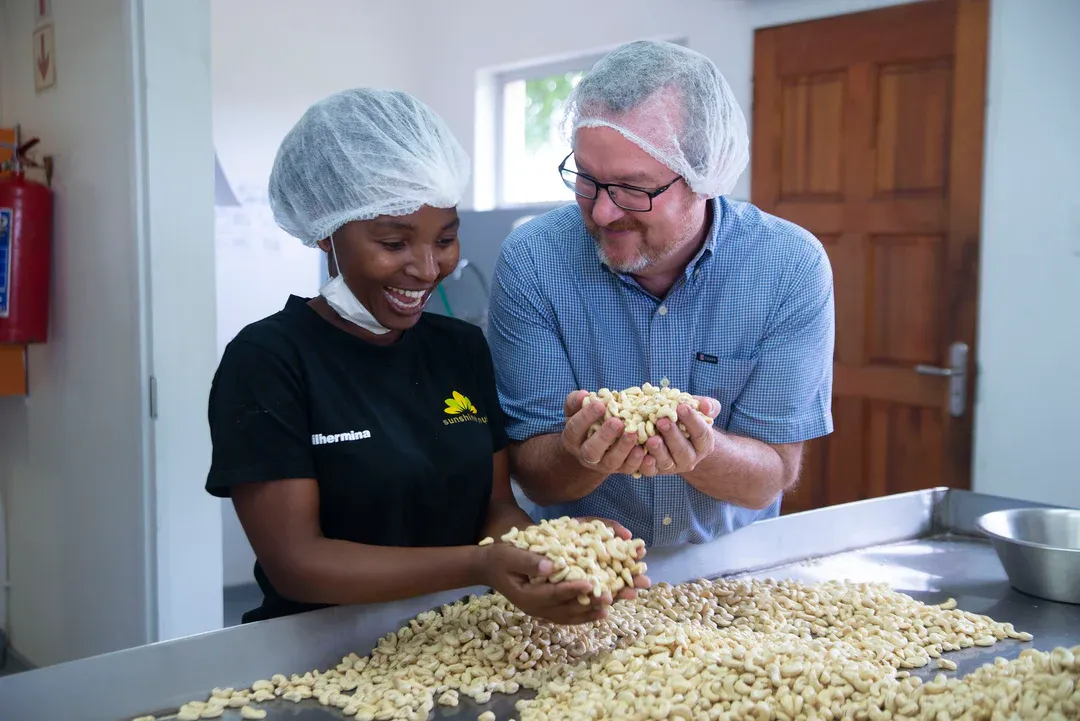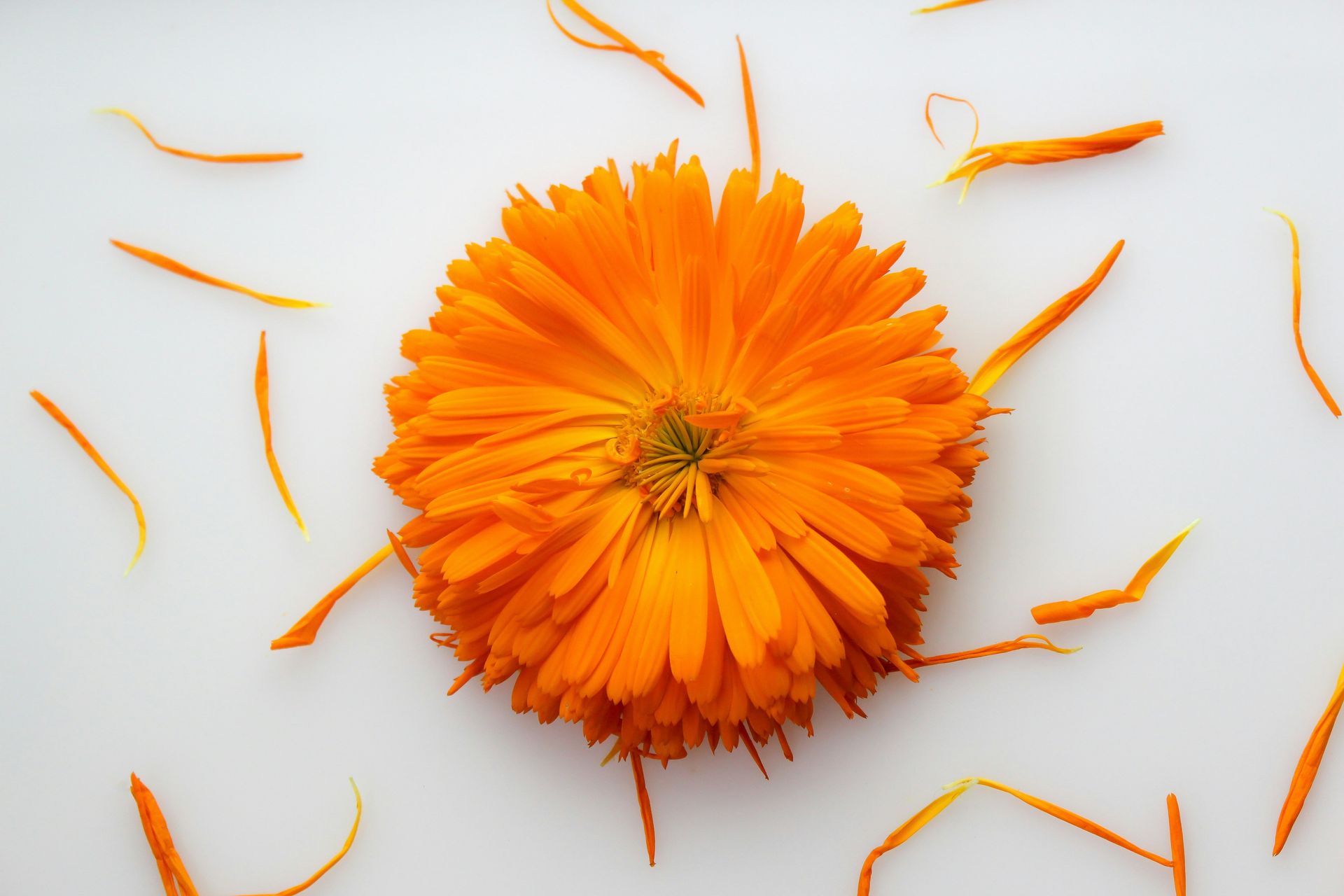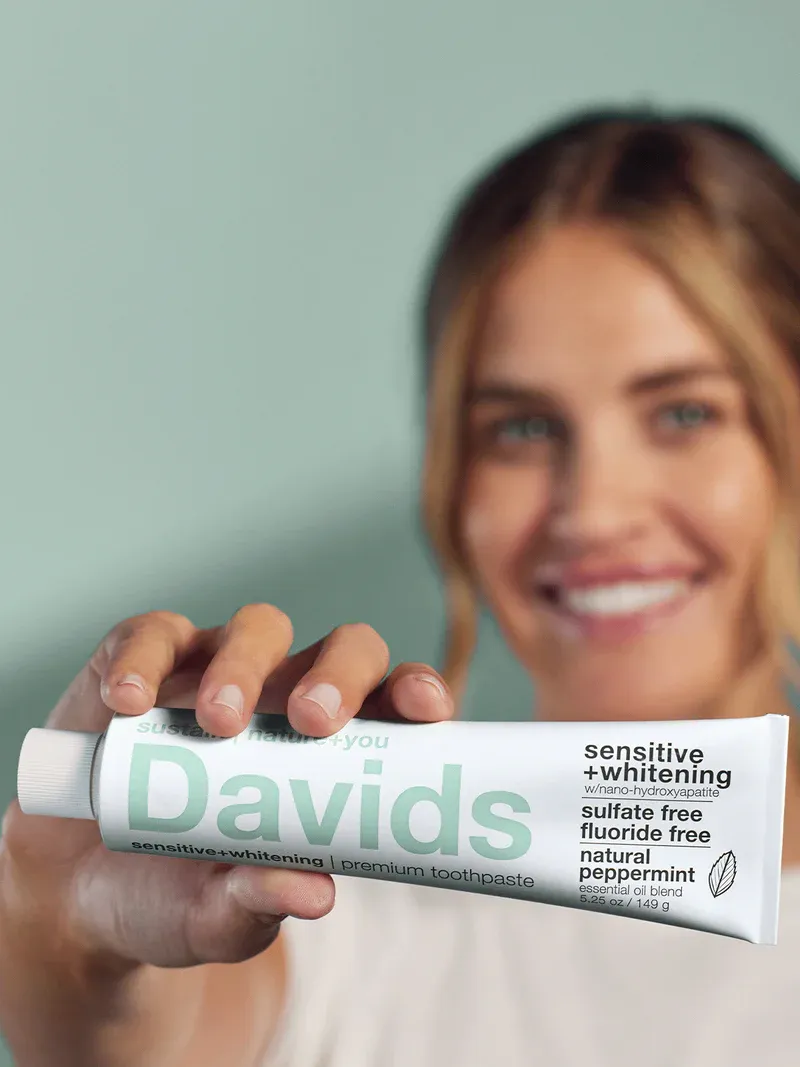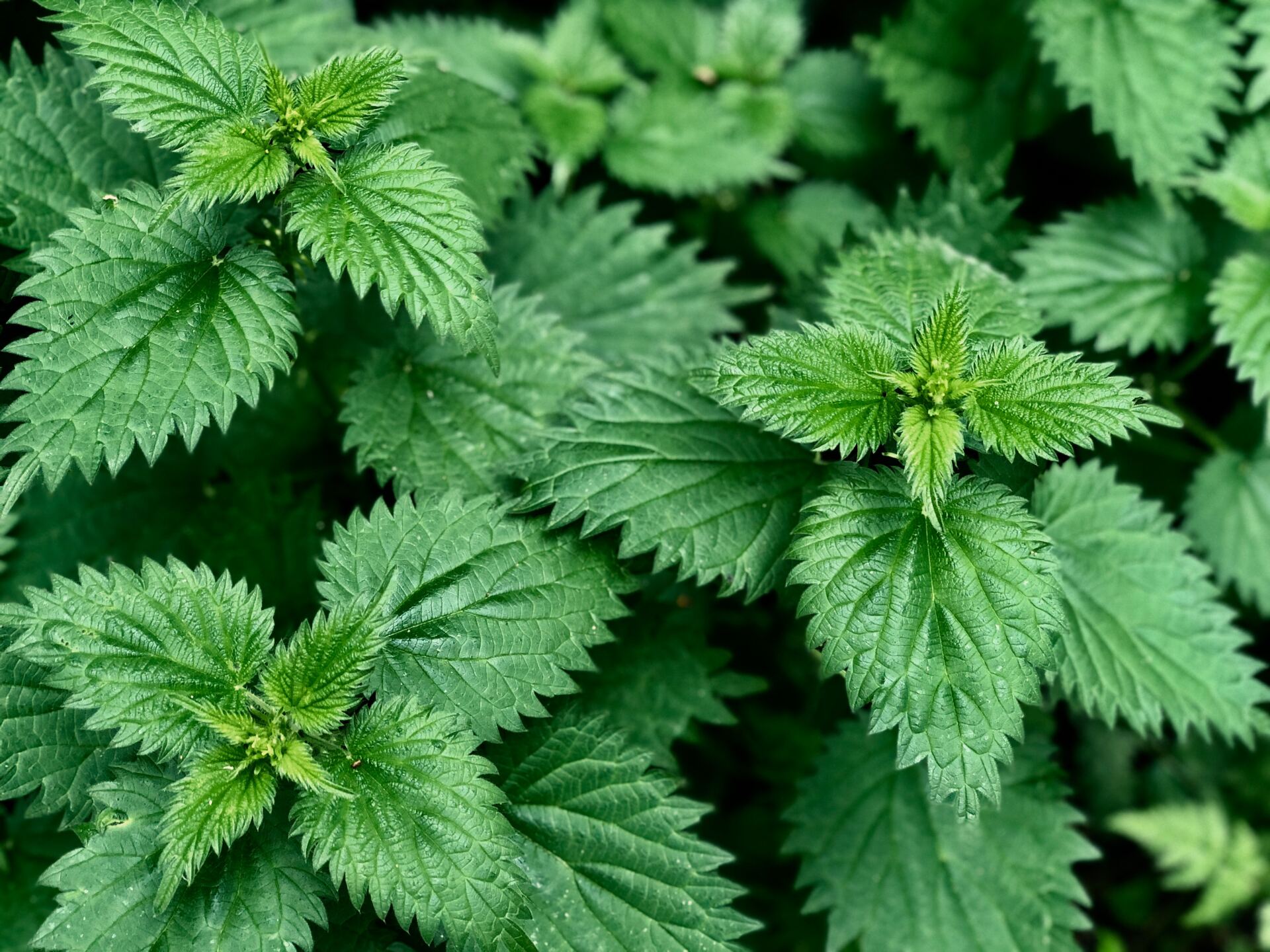








The name “gluten” may lend some insight into the main characteristic of this common nutritional offender: glue-like. Gluten’s chemistry is a protein-carbohydrate molecule that is very sticky and challenging to digest. This brings about unhealthy inflammation in the gut and, ultimately, the entire body.
More devious in recent years, gluten is rampantly being used as a food additive. Many foods have been fortified with gluten, lending a slight rubbery texture, yet also triggering symptoms of gluten intolerance. Common gluten symptoms may include: digestive and joint pain, bloating, gas, constipation and/or diarrhea, bruising, skin and mouth blisters, fatigue, manic-depressive emotions and failing health.
Of course, gluten isn’t the only offender. Other anti-nutrients that can be found in foods, such as whole grains, dairy and cane sugar, must be considered a factor when trying to identify ailments. Consuming large amounts of these triggers may delay normal growth and development of the body, affecting both the mental and physical wellbeing of infants, kids and adults.1 Other food allergens and additives may also be problematic, further piecing together the puzzle of why disease is on the rise in almost every aspect of our health.
Our unconditional love for bread, pasta and other grain-based foods has kept many people from exploring healthier options. Sadly, poor digestion damages the ability to absorb valuable nutrient building blocks from our foods and supplements. This can lead to malnutrition and many opportunities for disease to take hold. Fortunately, many who suffer the ill-effects of gluten over-consumption are finding that by eating less gluten and more fruits or vegetables, they feel better!
In addition to removing or reducing gluten intake, you can add a few potent digestive helpers.
Ancient cultures have used aloe vera as a first aid plant for digestion, constipation and internal illness for centuries. Topically, the yellow sap soothes pain, burns, swelling and wounds from head to toe. Whole leaf aloe vera is classed as an herbal bitter—that is if it still contains the dark yellow sap found just under the outer leaf of mature plants.
Taking a quality whole leaf aloe vera juice concentrate or tablet as part of your daily routine can help support improved digestion, allergies and overall tissue renewal. Look for the concentrated aloe products, as they work the fastest. Over 200 studies support aloe’s ability to support relief from heartburn, IBS, reflux, ulcers and more. Repeated studies show absorption of important food nutrients increased by almost 300%, as well.2
Also, taking a quality probiotic (friendly gut bacteria) is important for combating bad bacteria in the lower gut, reducing gas and supporting immunity, according to a study published in the American Journal of Gastroenterology in 2014. Adding probiotics to your diet, especially after a round of antibiotics or failing health, can be essential to reestablishing a balanced gut biome.
Together, aloe vera and probiotics work as a team to improve digestion and immunity. Even more, when combined with healthier food choices, both of these supplements make the best picks for a healthier gut and a healthier world – enjoy!
References
1. 2011, Beyond Gluten Intolerance – GIS: Gluten Inflammatory Syndrome, Masterson Koch, K., Mighty Jungle Media Press, Santee, CA, 92071. Available on Amazon.
2. 2003, Vinson, J.A., “Effect of Aloe Vera Preparation, Whole Leaf / Aloe Vera juice on the Human Bioavailability of Vitamin C and E”, Univ. of Scranton, Dept. of Chemistry, Scranton, Pa, USA.
3. 2007, Devaraj, S., “Aloe Supplements Enhance Bioavailability of Vitamin C and B12 in Older Adults”, The ORAC potential was also significantly heightened up to 24 hrs. and all were timed release for better absorption in experimental biology. Univ. of Davis, CA, USA.









Please give us a call for today’s deli hours as they can vary due to staffing.
Grab and go options are always available until close.
FEDERAL WAY
Monday-Saturday: 8 am - 8 pm
Sunday: 9 am - 7 pm
Please call for current deli counter service hours. Grab and go options available until closing.
2565 S. Gateway Center Place
Federal Way, WA 98003
TACOMA
Monday-Saturday: 8 am - 8 pm
Sunday: 9 am - 7 pm
Please call for current deli counter service hours. Grab and go options available until closing.
2951 S. 38th Street
Tacoma, WA 98409